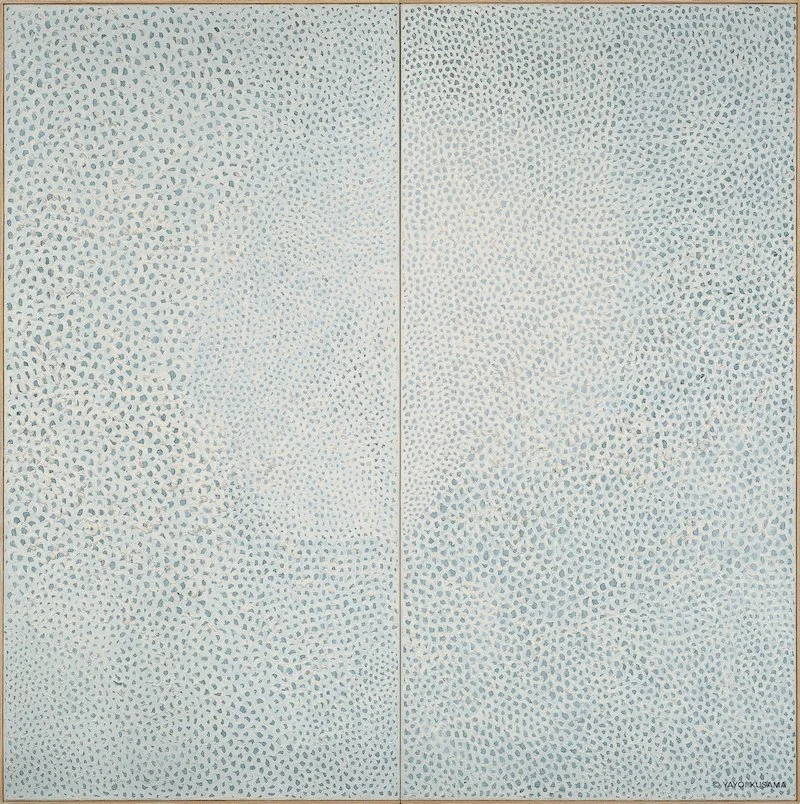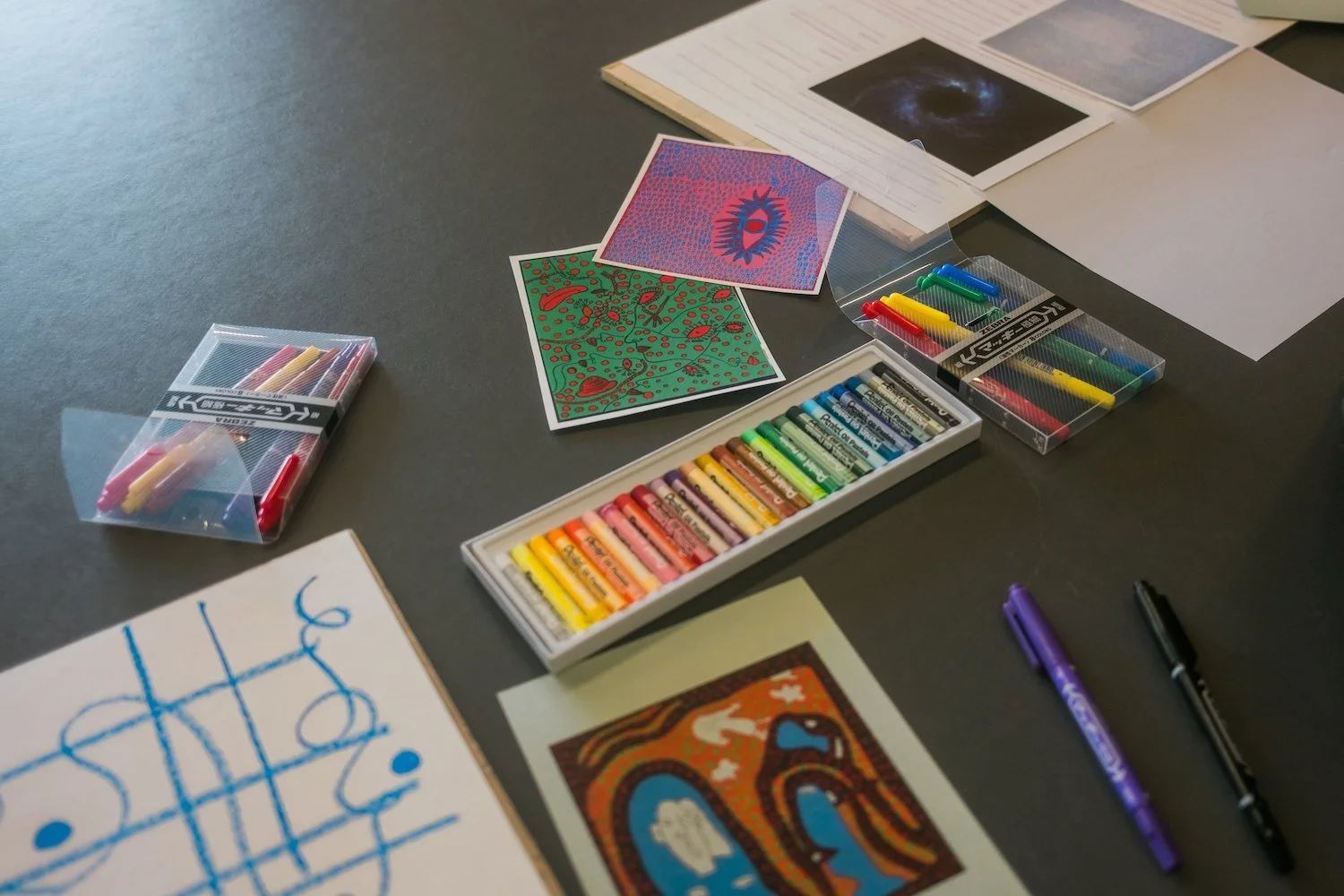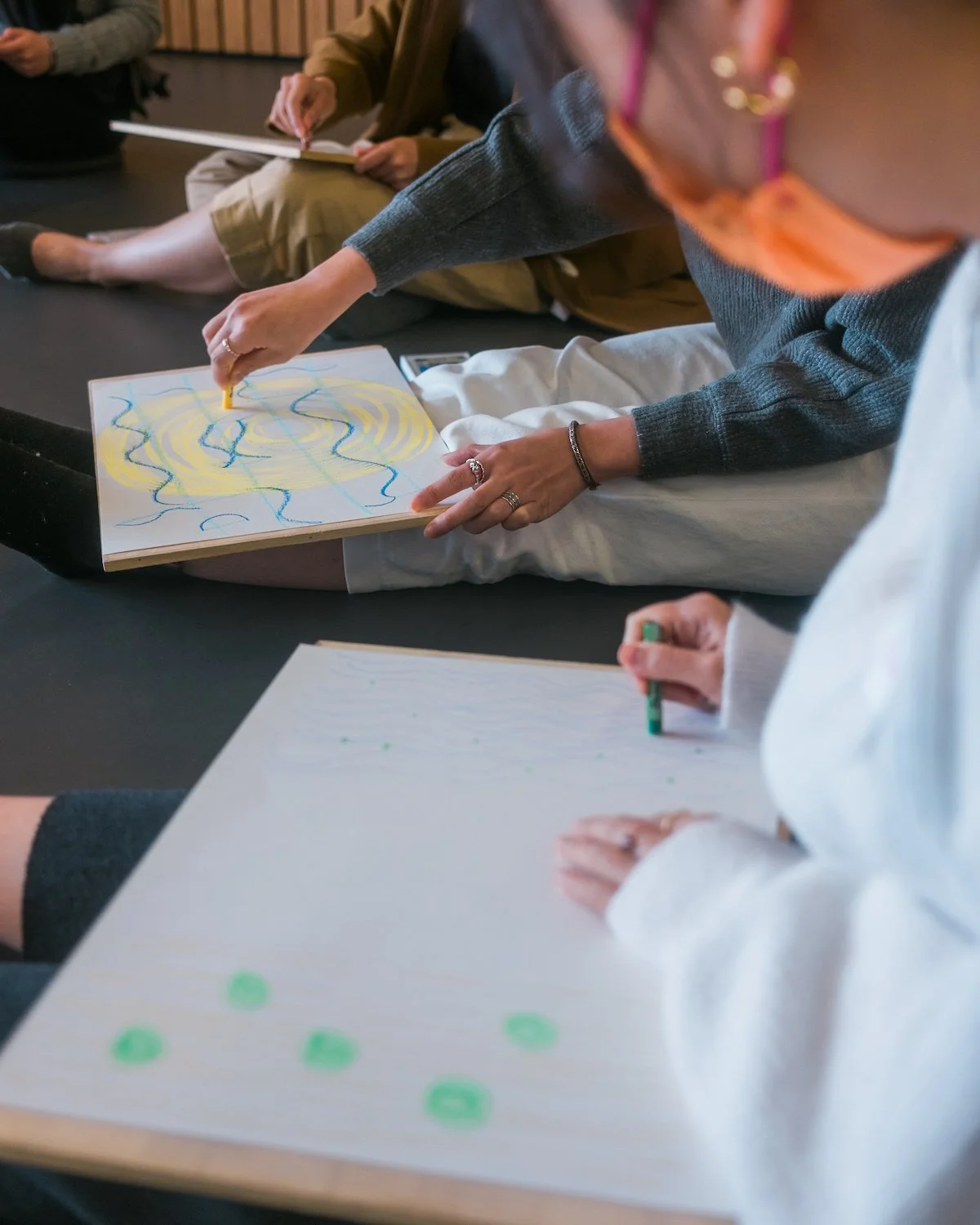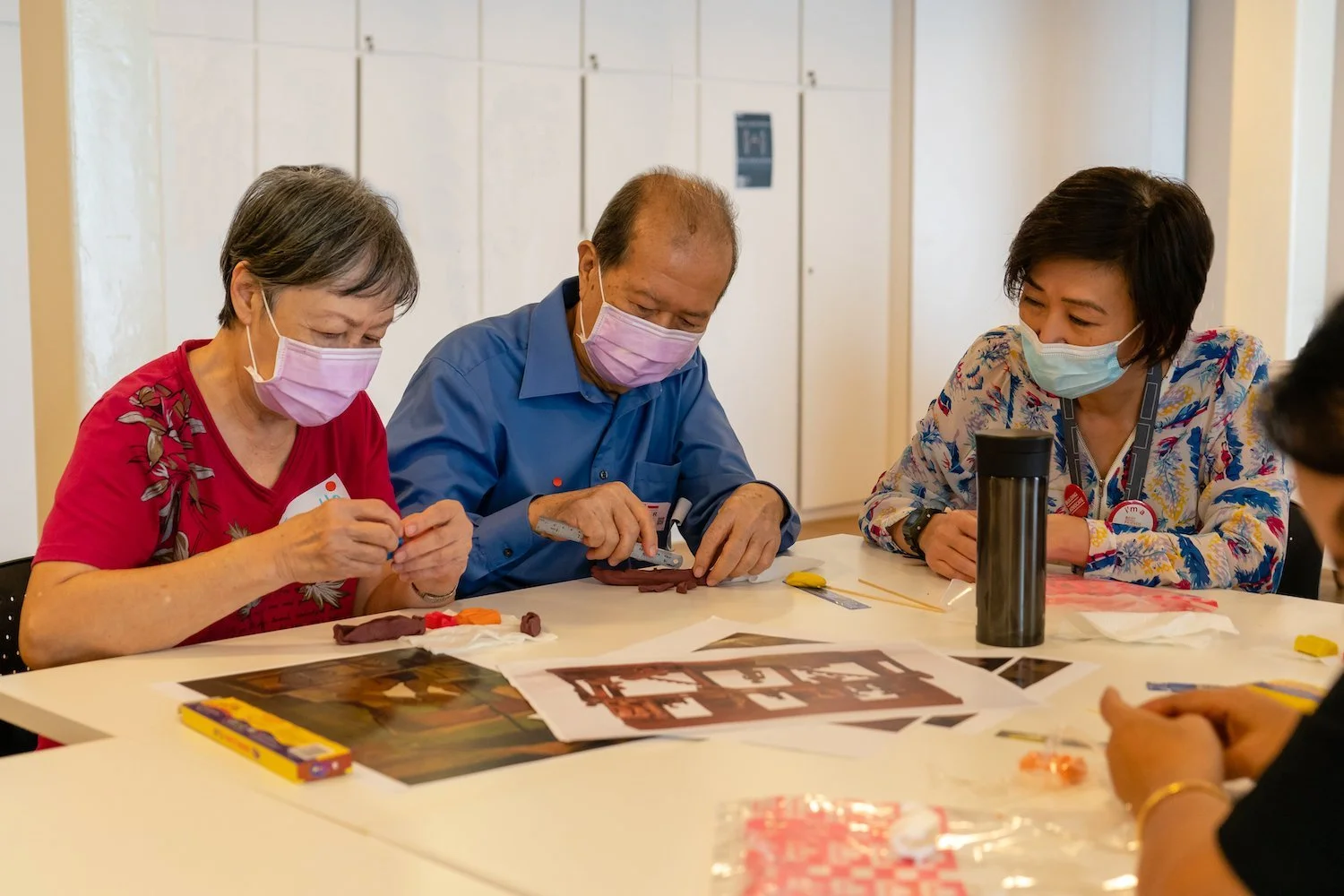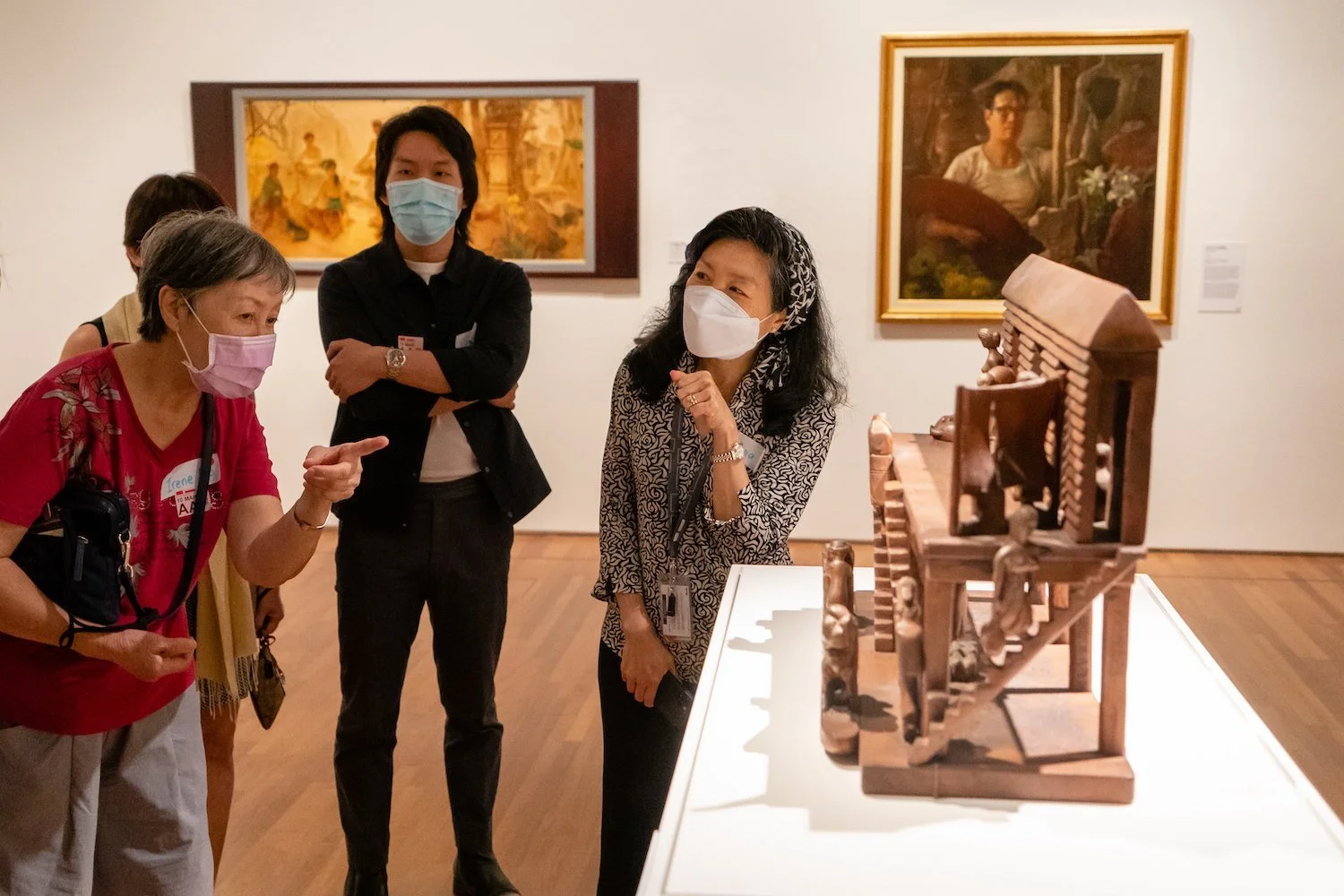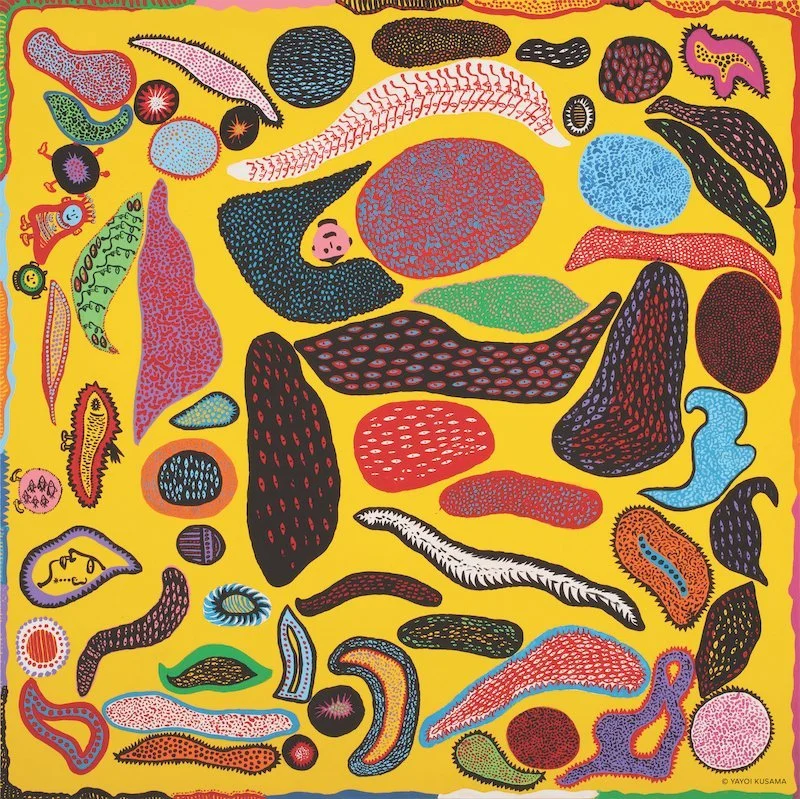Art Therapy Programmes in Museums
Systemic and policy issues surrounding repatriation
Raden Saleh, Ship in Distress, c.1842, oil on canvas laid down on board, 38 x 44cm. Image courtesy of National Gallery Singapore.
Art therapy supports mental health through art-making and psychological theory within a safe relationship facilitated by a professional art therapist. Driven by the creative process, it provides a mode of expression that engages the mind and body in ways distinct from verbal articulation alone. As a relatively new field in Asia, art therapy is conventionally conducted in hospitals, clinics, homes, schools and community centres.
Programmes informed by art therapy have recently emerged in fine art spaces like museums and galleries. These spaces are a rich source of images created in response to the nuanced world of human emotion and societal concerns—topics commonly explored in therapy. I am an art therapist in training with a background in art history, and I am curious about how ideas from art therapy are integrated into fine art spaces. To find out more, I contacted two museums that recently initiated art therapy-related programmes: National Gallery Singapore (NGS) and M+ in Hong Kong.
Abdul Ghani Hamid, The Face in Meditation, 1975, oil on canvas, 86 x 61cm. Image courtesy of National Gallery Singapore.
NGS is no stranger to the therapeutic value of museum spaces. “Even before the pandemic, NGS recognised the restorative power of art,” maintains Suenne Megan Tan, Senior Director, Museum Planning and Audience Engagement at NGS. In 2018, the museum designed a programme called The Silent Tour, which introduced participants to a selection of artworks, encouraging them to slow down and contemplate the works in silence. The experience concludes with focused discussions for participants to share personal experiences. More recently, NGS launched the inaugural Gallery Wellness Festival: Art Restores as part of the Wellness Festival 2022, initiated by the Singapore Tourism Board. The museum-led programme took on a holistic approach to wellness via guided movement workshops and audio tour experiences.
Yayoi Kusama, Pacific Ocean, 1960, oil on canvas, 183 ×183cm. Image courtesy of Museum of Contemporary ArtTokyo. © YAYOI KUSAMA
For M+, which opened in November 2021, therapeutic programmes are relatively new. It launched the first phase of its wellness programme in April 2023. The museum joined forces with Shall We Talk, an initiative by the Advisory Committee on Mental Health in Hong Kong to expand the conversation on mental health. Together, they launched Shall We Talk at M+, which provided ten thousand complimentary admission tickets to the exhibition, Yayoi Kusama: 1945 to Now. The programme also included guided tours, expressive art therapy experiential workshops and a public talk on mental health. “As Hong Kong emerged from the pandemic, we understood that the themes embedded in Kusama’s work dovetailed with our thinking around how art can heal, sustain and uplift,” elucidates Keri Ryan, Lead Curator, Learning and Interpretation, M+. “Given how art was Kusama’s way of openly expressing her struggles with mental illnesses, we knew this was an opportunity to provide wellness experiences to visitors.”
Like M+, NGS recognises that artworks are a therapeutic resource, which can be harnessed for internal healing. Together with the Singapore Art Museum, they developed The Care Collection: Caring through the Arts. Curated by Clarissa Chikiamco, Lim Shujuan and Goh Sze Ying, the selection includes artworks from the National Collection grounded in the following themes: courage, connection/ disconnection, resilience, hope, growth, self-love/self-compassion and being in the present. This collection began as a resource for SingHealth’s iTHRIVE ARTpreciate programme in 2020. In this programme, art therapist Dian Handayani conducted regular group art therapy sessions for SingHealth healthcare workers using artworks from the Care Collection. Today, other professional art therapists and counsellors can request to use the collection for programmes supporting community health.
Slow Art Guide group sessions. Image courtesy of National Gallery Singapore.
With the help of technology, artworks focusing on mental health can be utilised to promote quiet contemplation and reduce feelings of loneliness. For example, Slow Art experiences by NGS invite participants to engage with artwork from The Care Collection. Developed at the height of the pandemic, Slow Art Online involved 60-minute Zoom sessions inviting participants to employ slow looking and creative observation exercises. Combatting the effects of isolation, the sessions also involved guided group conversations in fostering social connection. Overall, the Slow Art experiences have been well-received. According to Tan, they attained a programme satisfaction score of approximately 88%. Participants conveyed that the programmes were calming, meaningful and eye-opening, allowing them the space to practise mindfulness. NGS has expanded the programme to include Slow Art Guide, a self-guided audio experience, and Slow Art Plus, an on-site programme led by a trained mindfulness practitioner.
Expressive Arts Therapy Experiential Workshop. Photos by Laura Laviani. Images courtesy of M+, Hong Kong.
Expressive Arts Therapy Experiential Workshop. Photos by Laura Laviani. Images courtesy of M+, Hong Kong.
Expressive Arts Therapy Experiential Workshop. Photos by Laura Laviani. Images courtesy of M+, Hong Kong.
Mental health-related art collections can also be explored in expressive art therapy experiential workshops, which involve both art-viewing and art-making. While art therapy usually focuses on the visual arts, expressive art therapy incorporates various modalities like movement, visual arts, drama and creative writing. These mediums were integrated with the workshops conducted by M+ around Yayoi Kusama’s artworks. Facilitated by registered art therapist Cindy Yeong, one workshop titled ‘We Are All Polka Dots’ incorporated visual art and body movement to reflect on the idea of connection. Another workshop guided by art therapist Terrence Zee invited audiences to reflect on their inner selves through creative writing.
“Mental health-related art collections can also be explored in expressive art therapy experiential workshops, which involve both art-viewing and art-making. While art therapy usually focuses on the visual arts, expressive art therapy incorporates various modalities like movement, visual arts, drama and creative writing.”
When visiting an exhibition, visitors often look to artwork labels for information. Art therapy experiential workshops encourage participants to contemplate an artwork on their own in order to express unique insights. This expression can be done even without prior art-making experience. Participants of the M+ art therapy experiential workshops found inspiration in Kusama’s life and practice. “We integrated themes in Kusama’s artwork, such as her celebration of the force of life, her emphasis on the interconnectedness between individuals and the universe, and the concept of self-obliteration,” details Yeong. “The safe environment allowed participants to stay comfortably with their preferred art mediums and experiment with new ones.” She adds that audiences found the experience relaxing, fulfilling and insightful. They shared wanting more expressive art therapy workshops with other mediums like dance and music.
Art therapy-based programmes can also cater to the wider community, as shown in NGS’s partnership with Dementia Singapore, a social service agency that aims to improve the well-being of people impacted by dementia. They developed Art With You, an evidence-based programme which includes guided group visits, a Caregivers Guide and Art Kit for self-guided visits and a Dementia Go-To-Point within the museum. Such resources create an inclusive environment where caregivers and persons with dementia are valued, respected and empowered. As part of Enabling Festival 2022, NGS also ran a workshop called Art Therapy for Addressing Dementia. It was led by Yoko Choi, registered art therapist and Programme Manager (Creative ArtsTherapy) at The Red Pencil (Singapore), a non-profit organisation that shares the benefits of arts therapy with the public. Over two days, the workshop imparted knowledge about how art-making could help prevent dementia. Choi facilitated psychoeducation presentations, discussion on artworks from the Care Collection and art-making sessions with clay, paint, organic and scented materials, paper and magazines.
I had the privilege of volunteering at Choi’s workshop and witnessed first-hand the art therapist’s ability to create a psychologically safe environment described by Yeung. As dementia was a topic that affected the participants' everyday lives, Choi struck a delicate balance between encouraging productive reflection and holding back on conversations that could stir feelings of helplessness or despair. While these workshops are not art therapy sessions, the involvement of professional art therapists creates a non-judgmental environment for participants to explore, create and share.
Art with You sessions. Images courtesy of National Gallery Singapore.
Art with You sessions. Images courtesy of National Gallery Singapore.
For NGS and M+, wellness programmes are here to stay. “NGS is a place for visitors of all ages to embark on a joyful voyage of self-discovery, and the power of art to heal our emotional and mental health is vital,” expresses Tan. “To continue providing solace, support and encouragement, the Gallery Wellness Festival returns for its second edition in June 2023 with an expanded line-up of art and music therapy experiential workshops, mindfulness workshops and more.” M+, too, looks forward to improving well-being by finding the therapeutic value of fine artworks. “This is just the start of programmes that focus on healing; over the next few months, we will pilot and launch new programmes that offer audiences ways to connect with the M+ collection through mindful movement, slow looking, learning new skills and creative expression.”
Yayoi Kusama, Pound of Repose, 2014, acrylic on canvas,194 ×194cm. Image courtesy of Ota Fine Arts, Victoria Miro, and David Zwirner. © YAYOI KUSAMA
As an art therapy trainee, I am heartened that fine art spaces are becoming more recognised for their potential to support emotional development and improve well-being. These public therapeutic programmes are not therapy per se, but connect art history and art therapy in ways that foster social connection, encourage mindfulness, promote healing and relieve stress. As shown by NGS and M+, such programmes can be tailored to address the specific needs of caregivers, persons with dementia and other community groups.
I believe art therapy and fine art are mutually beneficial. Art therapy-informed programmes make art viewing more meaningful and empowering, as participants realise their creative ability to find personal insights. Furthermore, fine art spaces enhance therapeutic programmes by providing rich examples of how human beings have expressed their internal world in ways that words cannot. In the future, I hope more museums in Asia incorporate therapeutic programmes and employ professionals trained in creating a psychologically safe environment. Such programmes can promote the accessibility of museums, allowing the public to engage with fine art in a potentially healing manner.
This essay was first published in CHECK-IN, A&M’s first annual publication. Click here to read the digital copy in full, or to purchase a copy of the limited print edition.



